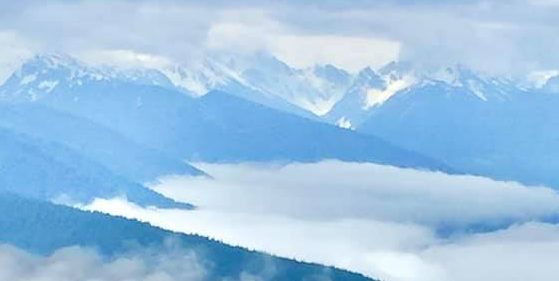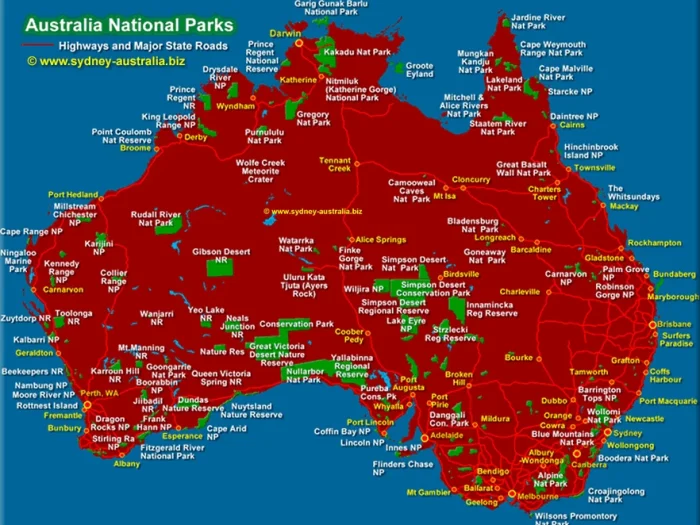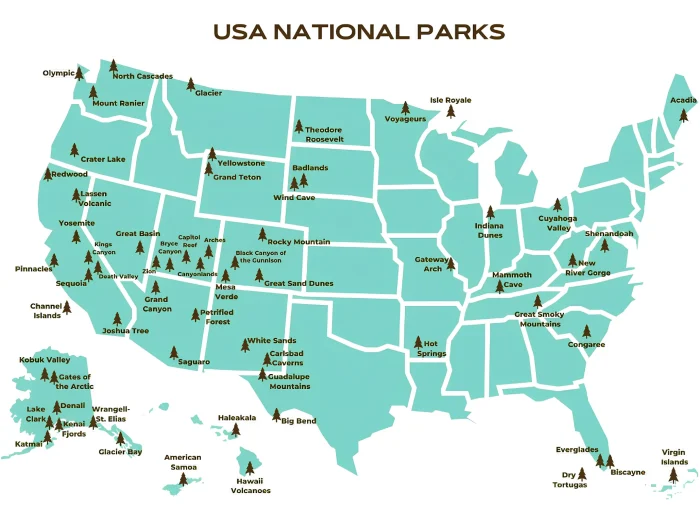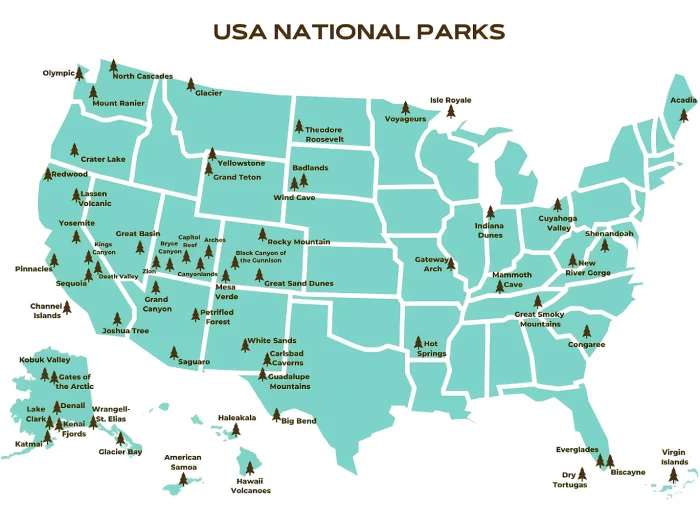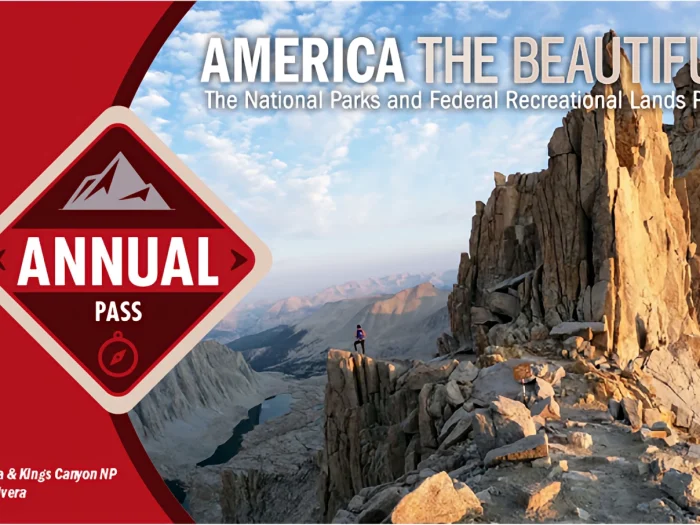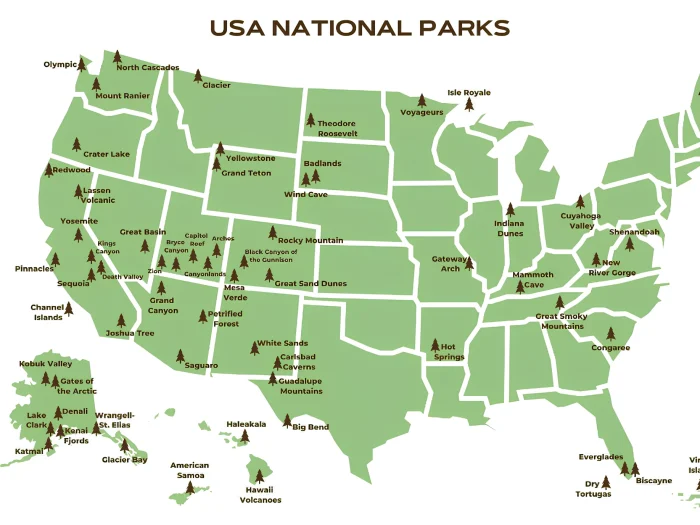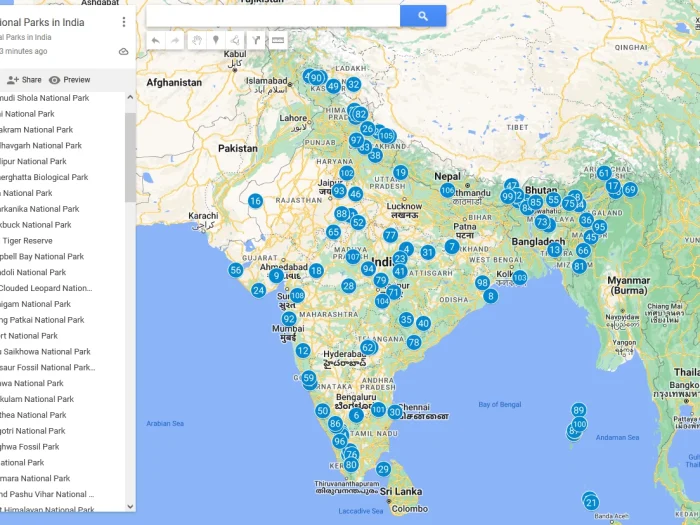Best Things to Do in Kobuk Valley National Park
Hidden deep within the remote wilderness of northwestern Alaska, Kobuk Valley National Park is one of the least-visited — yet most awe-inspiring — national parks in the United States. Encompassing nearly 1.75 million acres of untouched tundra, forests, and desert-like dunes, the park offers a raw, unfiltered experience of nature that few ever witness. There are no roads, no established trails, and no visitor centers within the park — only pure, wild Alaska.
If you’re seeking adventure, solitude, and a chance to witness landscapes that seem to belong to another planet, here are the best things to do in Kobuk Valley National Park.
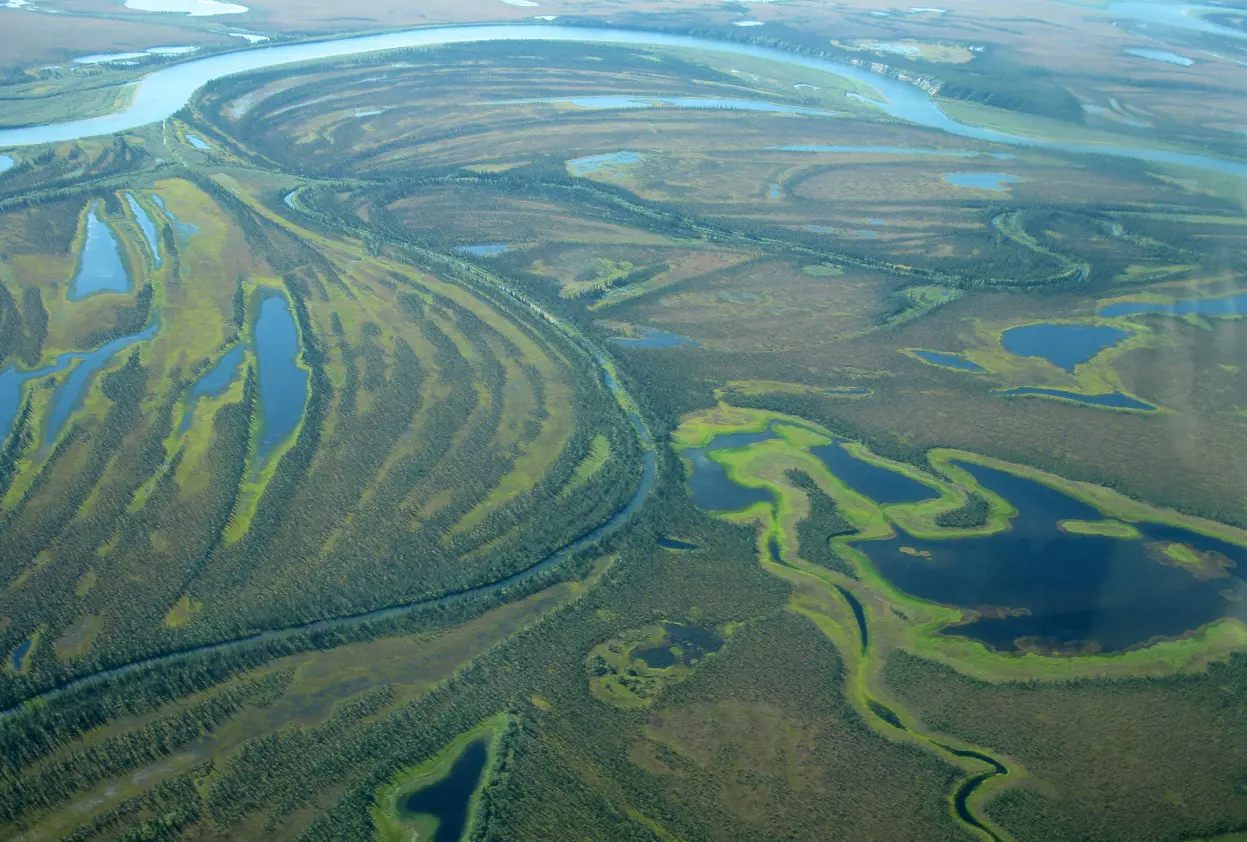
1. Explore the Great Kobuk Sand Dunes
Often called the “Arctic Desert,” the Great Kobuk Sand Dunes are the largest active sand dunes in the Arctic Circle. Rising up to 100 feet high, these dunes stretch across 25 square miles and create a surreal contrast against the surrounding tundra and boreal forest.
Visitors can:
- Hike the dunes for panoramic views of the Kobuk River and distant mountains.
- Camp overnight to experience the stunning midnight sun or the northern lights in late summer and fall.
- Photograph the shifting patterns of wind-sculpted sand — a photographer’s dream.
2. Watch the Caribou Migration
Every year, nearly half a million caribou from the Western Arctic Caribou Herd pass through Kobuk Valley, following ancient migration routes that have existed for millennia. This incredible spectacle occurs primarily in spring (April–May) and fall (August–September).
If you’re lucky enough to time your visit with the migration, you can witness:
- Vast herds crossing the Kobuk River.
- Wolves and bears shadowing the caribou for prey.
- The ancient rhythm of life that defines Alaska’s Arctic ecosystem.
3. Visit Onion Portage – A Window into Ancient History
Located along a bend in the Kobuk River, Onion Portage is a National Historic Landmark and one of Alaska’s most important archaeological sites. For over 9,000 years, humans have hunted caribou here as they crossed the river — making it a living link to prehistoric cultures.
Though access is limited and requires a permit, visitors can:
- Learn about the Iñupiat people who still use this traditional hunting ground today.
- Join guided tours with local outfitters for cultural and historical insight.
4. Paddle the Kobuk River
Flowing for 280 miles through the park, the Kobuk River offers one of Alaska’s most scenic and peaceful paddling routes. Kayaking or canoeing down the river lets you immerse yourself in the park’s pristine landscapes — from sand dunes to spruce forests and rugged mountain backdrops.
Highlights include:
- Wildlife watching: moose, grizzly bears, otters, and bald eagles.
- Fishing: Arctic grayling and northern pike are abundant.
- Camping along riverbanks, surrounded by silence and northern wilderness.
5. Experience the Aurora Borealis
Because of its remote Arctic location, Kobuk Valley National Park is one of the best places in the world to see the Northern Lights. From late August through April, the skies often erupt in shimmering greens, purples, and pinks — dancing over the dunes and tundra.
There are no artificial lights here — just you, the aurora, and the vast Alaskan night.
6. Hike the Baird Mountains
The Baird Mountains, on the northern edge of the park, offer a stunning backdrop and plenty of opportunities for backcountry exploration. There are no marked trails, so you’ll need solid navigation skills — but the reward is complete solitude and breathtaking Arctic vistas.
Expect to see:
- Colorful tundra in autumn.
- Wildflowers and migrating birds in summer.
- Unforgettable views of the Kobuk River Valley below.
7. Immerse Yourself in Iñupiat Culture
Kobuk Valley lies within the traditional homeland of the Iñupiat people, whose villages — including Kiana, Ambler, and Kobuk — surround the park. Many local guides offer cultural tours where visitors can learn about:
- Traditional hunting and fishing practices.
- Local crafts and storytelling.
- The delicate balance between modern life and ancient traditions in the Arctic.
8. Fly Over the Park for a Bird’s-Eye View
Because there are no roads leading into Kobuk Valley National Park, most visitors arrive by bush plane from Kotzebue or Bettles. A scenic flight over the dunes, mountains, and river valleys offers breathtaking perspectives you can’t get from the ground.
Tip: Choose a flightseeing tour that includes both Kobuk Valley and neighboring Gates of the Arctic National Park for a once-in-a-lifetime experience.
Tips for Visiting Kobuk Valley National Park
- Access: The park is reachable only by air — usually from Kotzebue, Alaska.
- Best Time to Visit: June through September offers mild weather and long daylight hours.
- Permits: No entrance fee, but camping and research trips may require special permits.
- Prepare for Isolation: Bring all supplies, including food, fuel, and emergency gear. There are no facilities within the park.
Final Thoughts
Kobuk Valley National Park is not for the casual traveler — it’s for the explorer, the dreamer, the one who seeks wilderness unspoiled by time. From the Arctic dunes to ancient caribou trails, every inch of this park whispers stories of survival, beauty, and deep connection to nature.
If you ever want to truly experience Alaska’s wild heart, Kobuk Valley is waiting — vast, silent, and breathtaking.
